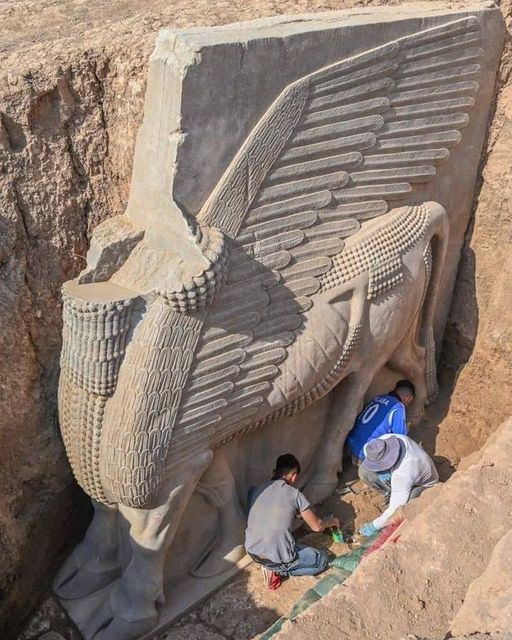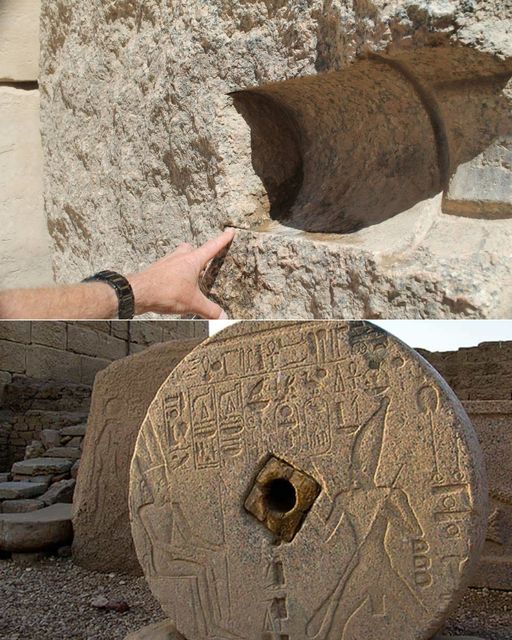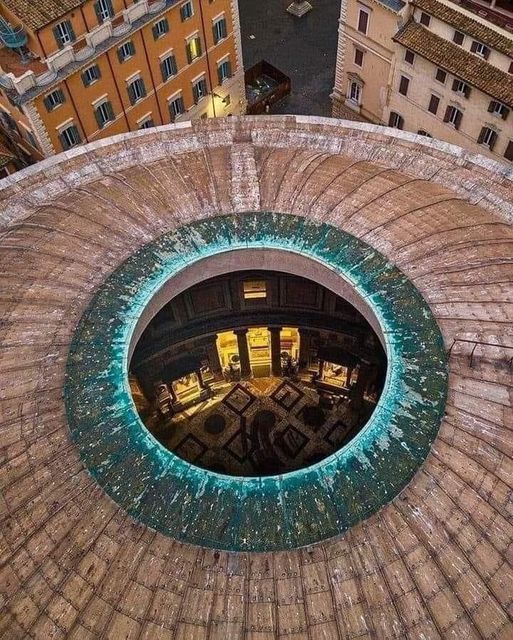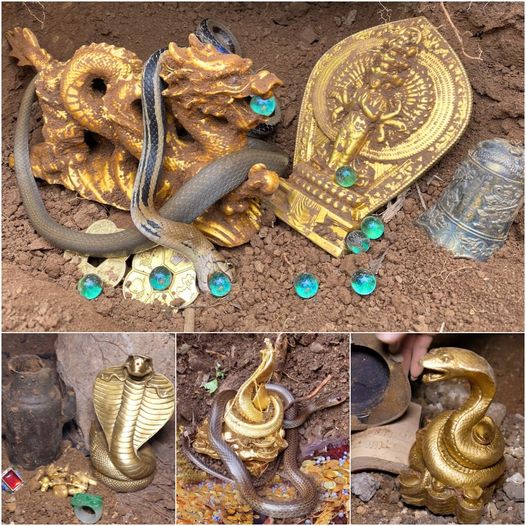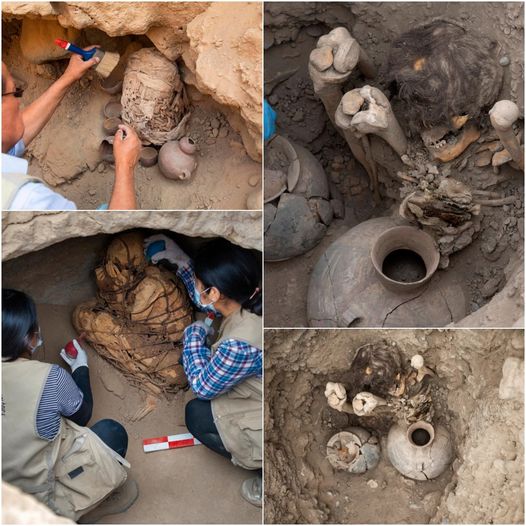The natural world often dazzles us with its eccentricities, and the Basket Stinkhorn Mushroom is a living testament to nature's whimsical creativity. Scientifically known as Clathrus ruber, this extraordinary fungus earns its name from both its remarkable appearance and its distinctive odor. In this blog post, we'll embark on a journey to explore the curious world of the Basket Stinkhorn Mushroom, unraveling its intriguing features, growth process, and ecological significance.
1. A Surreal Architectural Marvel

The Basket Stinkhorn is a surreal spectacle to behold. In its initial stages, it appears as a small, egg-shaped structure, often emerging from the ground. As it matures, it undergoes a mesmerizing transformation. The outer layer of the egg splits open, unfurling to form a lattice-like structure, resembling a basket or a delicate piece of lace. The mature basket can vary in size, making this fungus an eye-catching addition to the forest floor.
2. A Stench That Turns Heads

One of the most distinctive features of the Basket Stinkhorn Mushroom is its potent odor. As the name suggests, this fungus emits a foul smell, often likened to rotting meat or sewage. This malodorous aroma serves a specific purpose: it attracts flies. These insects are essential for the mushroom's survival as they aid in dispersing its spores. The odor may be unpleasant to human noses, but to flies, it's a fragrant invitation.
3. A Life Cycle Worth Noting

The life cycle of the Basket Stinkhorn is a fascinating journey. The egg-shaped structure contains the mature fungus, and as it splits open, the lattice-like basket is exposed. At this stage, the spores are ready for dispersal. Flies are drawn to the smell and feed on the sticky spore mass, inadvertently collecting spores on their bodies. When the flies move to new locations, they carry these spores with them, aiding in the mushroom's reproduction.
4. The Basket Stinkhorn's Habitat

The Basket Stinkhorn is a widespread species, commonly found in woodlands and forests across various regions, including North America, Europe, and Asia. It often thrives in areas with decaying organic matter, such as leaf litter and wood debris. As a decomposer, it plays an essential role in nutrient cycling within forest ecosystems.
5. Nature's Playful Complexity

The Basket Stinkhorn Mushroom is a reminder of nature's playful complexity. Its peculiar appearance and putrid scent may bewilder or amuse observers, but they underscore the remarkable diversity of life on Earth. This mushroom's strategy of attracting flies for spore dispersal is a testament to nature's finely tuned ecological interactions. Even the most eccentric organisms, like the Basket Stinkhorn, have their place and purpose in the intricate tapestry of life.
Embracing Nature's Oddities

The Basket Stinkhorn Mushroom encourages us to embrace the quirks and oddities of the natural world. Its uncanny architecture and pungent aroma challenge us to see beauty in the unconventional. The basket structure may not resemble the typical mushroom cap, and the smell may not be reminiscent of a garden's fragrance, but they are a testament to the diverse ways life has evolved to thrive on our planet. The Basket Stinkhorn serves as a reminder that nature's surprises are often the most captivating, inviting us to explore the unexpected wonders hidden beneath the forest canopy.


